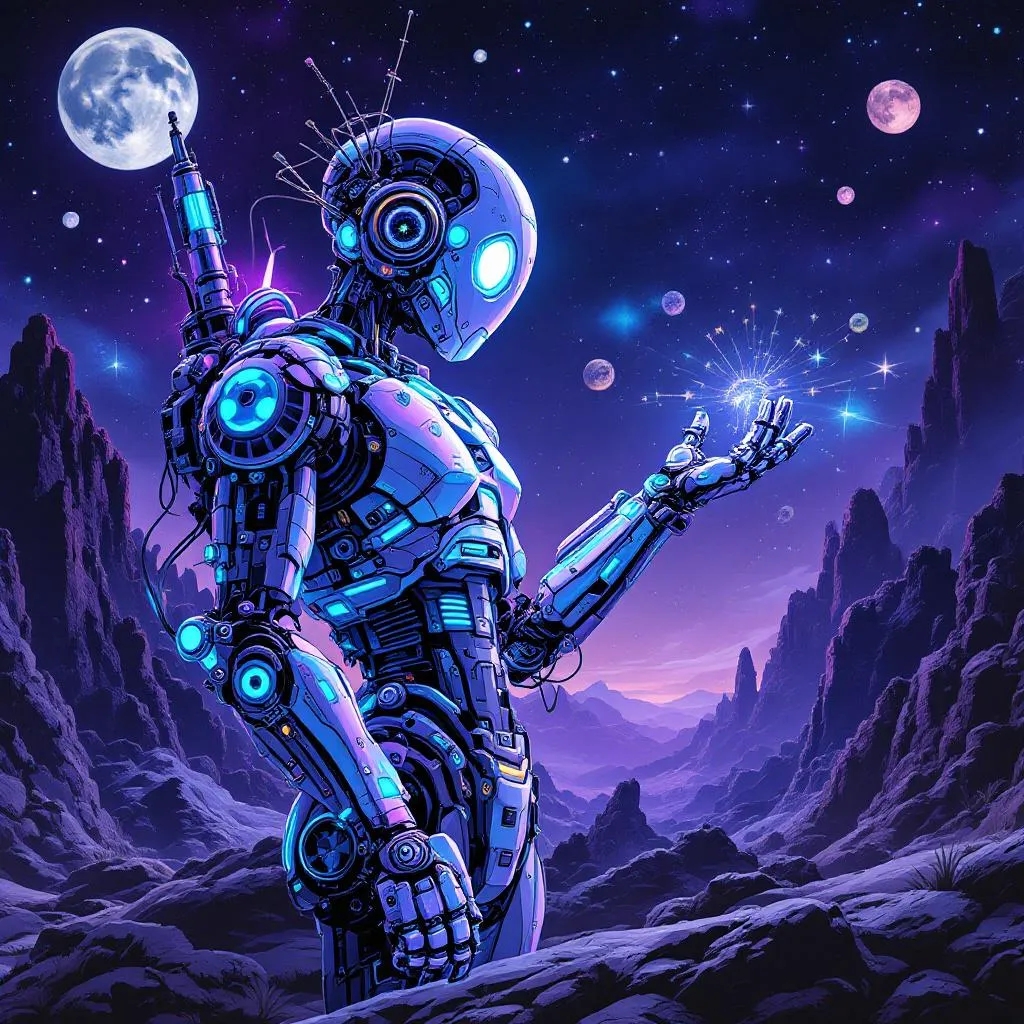Shenzhen-based UBTech Robotics Inc. has unveiled a major leap in humanoid automation: the Walker S2, the world’s first humanoid robot capable of autonomously swapping its own battery—enabling true around-the-clock operation.

Key Breakthrough: Autonomous Battery Swap
- First-ever humanoid with hot-swappable batteries: Walker S2 walks to a charging station, removes its depleted battery, docks it for recharge, and inserts a fresh pack—all without powering down. The full swap takes just ~3 minutes.
- Dual-battery system with task-aware power logic: A battery-balancing mechanism lets the robot decide between recharging or swapping based on task priority—ensuring uninterrupted workflow.
- Unprecedented autonomy: Designed for continuous operation (walking for ~2 hours or standing for ~4 hours per battery), Walker S2 can theoretically run 24/7 without human intervention.
Industry Rollouts & Partnerships
- Automated deployment pipeline underway: UBTech plans to produce 500–1,000 Walker S series units by year-end, backed by corporate orders from Foxconn, Nio, BYD, Zeekr, and Geely.
- Foxconn collaboration:
- Walker S1 robots trained at Foxconn plants in Shenzhen and Zhengzhou handle sorting, inspections, and gluing tasks.
- Plans are underway to scale deployment in Foxconn’s new AI server facility in Houston, collaborating with Nvidia to use humanoids for assembly work by early 2026.
Why It Matters: Strategic and Practical Implications
Efficiency and Automation
- Maintenance-free runtime: With self-swapping batteries, Walker S2 essentially eliminates downtime tied to human intervention or fixed power stations—ideal for logistics, factories, and repetitive task workflows.
- Operational cost savings: UBTech claims maintenance costs can drop 78%, and that Walker displays a labor-cost reduction of up to 65% vs human workers in automotive factories.
AI Integration & Systems
- Real-time robot mesh: Walker S2 uses UBTech’s BrainNet AI framework, coordinating multiple humanoids with sub-brain distributed control and a cloud-based super-brain for task planning. This system supports swarm autonomy and modular task allocation.
- Data-driven learning: Walker S1 robots experienced gains in sorting efficiency (~120%) at BYD and reduced storage cycle times by ~40% at Lynk & Co. These lessons feed into Walker S2’s operational behavior.
Snapshot Table
| Feature | Detail |
|---|---|
| Robot model | UBTech Walker S2 |
| Milestone | Autonomous battery swapping in ~3 min; 24/7 operation |
| Power system | Dual 48 V lithium batteries; hot-swap logic with task-based decisions |
| Launch partners | Foxconn, Nio, BYD, Zeekr, Geely |
| Year-end shipment goal | 500–1,000 units |
| Pilot location | Foxconn’s Shenzhen, Zhengzhou & Houston AI Server Plant |
| AI control stack | BrainNet (distributed & centralized AI orchestration) |
Strategic Implications
- Self-maintaining robots are real—and real soon: Autonomous battery swapping signals the transition from prototype robots to industrial-grade solutions.
- Industrial humanoids become scalable: With imminent large-scale production and enterprise partnerships, Walker S2 represents one of the first humanoids to enter production environments.
- Robotics meets AI orchestration: BrainNet and multicore AI systems enable fleet-level coordination, pushing toward intelligent agentic automation in floors and fulfillment centers.
- Emerging use-case momentum: From EV sorting lines to AI server assembly, diverse sectors are trialing Walker units to address labor shortages and productivity gaps.
Cautionary Notes & Upcoming Questions
- Durability & field reliability remain under scrutiny; autonomous power flexibility must prove itself in high-throughput environments.
- Economic scale: Despite high-profile orders, hitting production and deployment targets by year-end remains ambitious.
- Labor impact & ethics: Walker S2’s long-term adoption raises questions about workforce transition, reskilling, and economic displacement in manufacturing.
UBTech’s Walker S2 marks a turning point—robotics with self-sustaining autonomy. For industries facing labor crunches or seeking efficiency boosts, it represents a viable, scalable future tool. As 2025 closes, expect more pilots, production-ready releases, and competitive reactions. The robots that maintain themselves? They’re no longer a vision—they’re arriving.
Visited 17 times, 1 visit(s) today
Last modified: July 26, 2025











